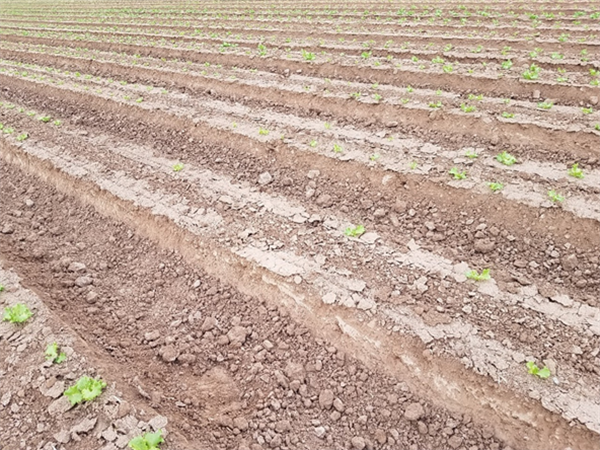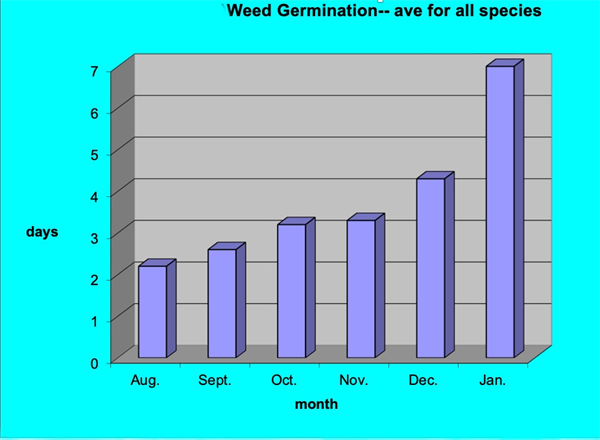May 2, 2017
Insecticide Modes of Action and Resistance Management
With the produce season finally over and the spring melon in full swing, now is an important time to review the insecticide chemistries that you may have used this winter/spring on produce crops and those that you may consider using on melons. Sustaining long-term insecticide efficacy that annually provides cost-effective crop protection requires a conscious effort on the part of PCAs and growers to prevent insecticide resistance. Since the early 1990’s, the Agrochemical Industry has been actively developing and bringing to the vegetable/melon market an unprecedented number of new chemistries that are highly effective, selective and significantly safer than their chemical predecessors. These include the neonicotinoids, spinosyns, tetramic acid derivatives and diamides to name a few. In the last few years, new chemistries have been added including the sulfoxamines (Sequoia, Transform), butenolides (Sivanto) and a METI inhibitor (Torac). The development of new insecticide chemistries has slowed a bit and older chemistries are continually being phased out of the marketplace. It was just last year that flubendiamide (Belt, Vetica) was removed from the market, and EPA is currently assessing risk of neonicotinoids against pollinators which could impact their use on many important crops. Thus, it is imperative to sustain the efficacy of the newer IPM tools currently available. Consequently, insecticide resistance management (IRM) is now more important than ever. The most fundamental approach to IRM is to minimize the selection of resistance to any one type of insecticide chemistry. Historically, alternating or rotating compounds with different modes of action (MOA) has provided sustainable and effective IRM in our desert cropping systems. The Insecticide Resistance Action Committee (IRAC), a coordinated crop protection industry group, was formed to develop guidelines to delay or prevent resistance. Using their most recent IRAC MOA Classification Brochure
http://www.irac-online.org/modes-of-action/ we have updated a brief publication which provides
Insecticide Modes of Action on Desert Vegetables. This publication also provides general information on the route of activity and pest spectrum for each chemistry. These classification lists will provide you with an additional set of guidelines for the selection of insecticides that can be used in desert IPM programs.

In response to the recent outbreaks of Diamondback moth (DBM) , Plutella xylostella in Yuma, we have established a pheromone trap network designed to monitor the activity and movement of adult populations of DBM. PCAs have had difficulty controlling DBM in cabbage, broccoli and cauliflower since October. Traps have been placed in Roll, Wellton, Dome Valley, Gila Valley and Yuma Valley in locations where cole crops are presently being grown or in areas where infestations were known to occur this fall.
To contact John Palumbo go to:
jpalumbo@ag.Arizona.edu
 In response to the recent outbreaks of Diamondback moth (DBM) , Plutella xylostella in Yuma, we have established a pheromone trap network designed to monitor the activity and movement of adult populations of DBM. PCAs have had difficulty controlling DBM in cabbage, broccoli and cauliflower since October. Traps have been placed in Roll, Wellton, Dome Valley, Gila Valley and Yuma Valley in locations where cole crops are presently being grown or in areas where infestations were known to occur this fall.
In response to the recent outbreaks of Diamondback moth (DBM) , Plutella xylostella in Yuma, we have established a pheromone trap network designed to monitor the activity and movement of adult populations of DBM. PCAs have had difficulty controlling DBM in cabbage, broccoli and cauliflower since October. Traps have been placed in Roll, Wellton, Dome Valley, Gila Valley and Yuma Valley in locations where cole crops are presently being grown or in areas where infestations were known to occur this fall. To contact John Palumbo go to: jpalumbo@ag.Arizona.edu
To contact John Palumbo go to: jpalumbo@ag.Arizona.edu









